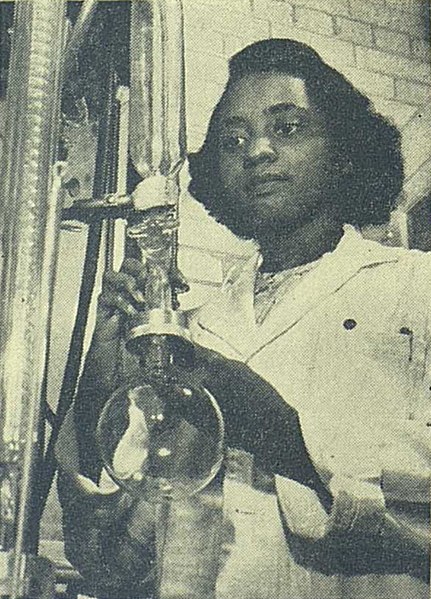2.3 The Science of Education

Delving deeper into the science of education, an attempt can be made to focus on who shapes this view. Kalantzis describes this paradigm in the science of education through three approaches[12]:
- Didactic
- Authentic
- Transformative
Didactic education is what the teacher does, in terms of learning, as opposed to what the student does, and focuses on explicit meaning in explanation[12]. This could form narrow frameworks of ideology as autonomy shifts the balance more towards the teacher rather than the student. However, its foundational concept in mimesis or imitation is a traditional and almost inherent learning structure for humans. The concept of observing, seeing, and doing is an innate structure that humans have used for millennia. Authentic education is an experiential form of inquiry beyond the scope of traditional learning advocating an individualized pace for the student and interdisciplinary learning[12]. Although authentic would suggest this is the original form of learning, that is still to be determined, and not fully articulated by progressives in the field. This relies on a critical focus towards the method to ensure that proper learning is taking place creating autonomy with the learner. Transformative education is didactic and authentic methods that place the teacher as the designer of learning, and the learner as the co-designer of knowledge-creating and epistemological induction or a building of knowledge[12]. The aims for a transformative education paradigm are to make reflections of modern society, that relate to many social, political, and economic areas.
Although these approaches focus on how learning is presented to students, the styles of didactic, authentic, and transformative education start with the teacher, and how he or she embraces learning through his or her perspective. Ultimately, it is the educator who decides, based on the characteristics of the class, what educational styles are pursued. Furthermore, the type of educational sector that fits any type of approach is also a factor. For example:
- Didactic Education: The explicit meaning and explanation that follows the set curriculum outlined. This is the foundation for public education, based on uniform procedures of teaching and learning.
- Authentic Education: This approach can be used within didactic education, but has to be balanced based on classroom characteristics. Authentic education is more relatable inside of organizational learning, such as in a company or business.
- Transformative Education: When the teacher is the designer of the learning. This leads to more freedom and access to guide the teaching style. This is commonly found in colleges and universities, where the educator is able to create, form, and guide the syllabus and learning outcomes for students toward knowledge attainment.
It would be remiss not to mention the great scientist, Karl Popper, and his views on all science, no matter how strict. This requires a deal of critical analysis[13]. At the heart of learning is the ability to critically question epistemological aspects within a foundational structure. This involves continuously questioning the foundational structure itself, as it provides the enhancement of scientific discovery. This is especially important when understanding educational policy moving forward. The policy of education, both pedagogically, through teaching methods, and curriculum is to structure class sizes and budgeting needs that embrace deep, critical thinking in order to find the best suitable option for educators and learning. Of course, the downside is that it is more time-consuming, however, the argument could be made that the time lost is equal, or more, when inconsistent and lacking policy measures are implemented. In the activity below, compare and contrast the different concepts related to didactic and authentic education.
A Note on Educational Policy
Policy studies in education are common within higher-educational research and are important for understanding how educational ideas from curriculum, teaching, and administration are used to impact the organization of learning. The three approaches toward learning and education can have an impact on shaping the policy. Inversely, the policy can set a precedent on what approach emerges. The science of education is truly interdisciplinary, given the implicative nature of policy, practice, and philosophy that impact each other.

